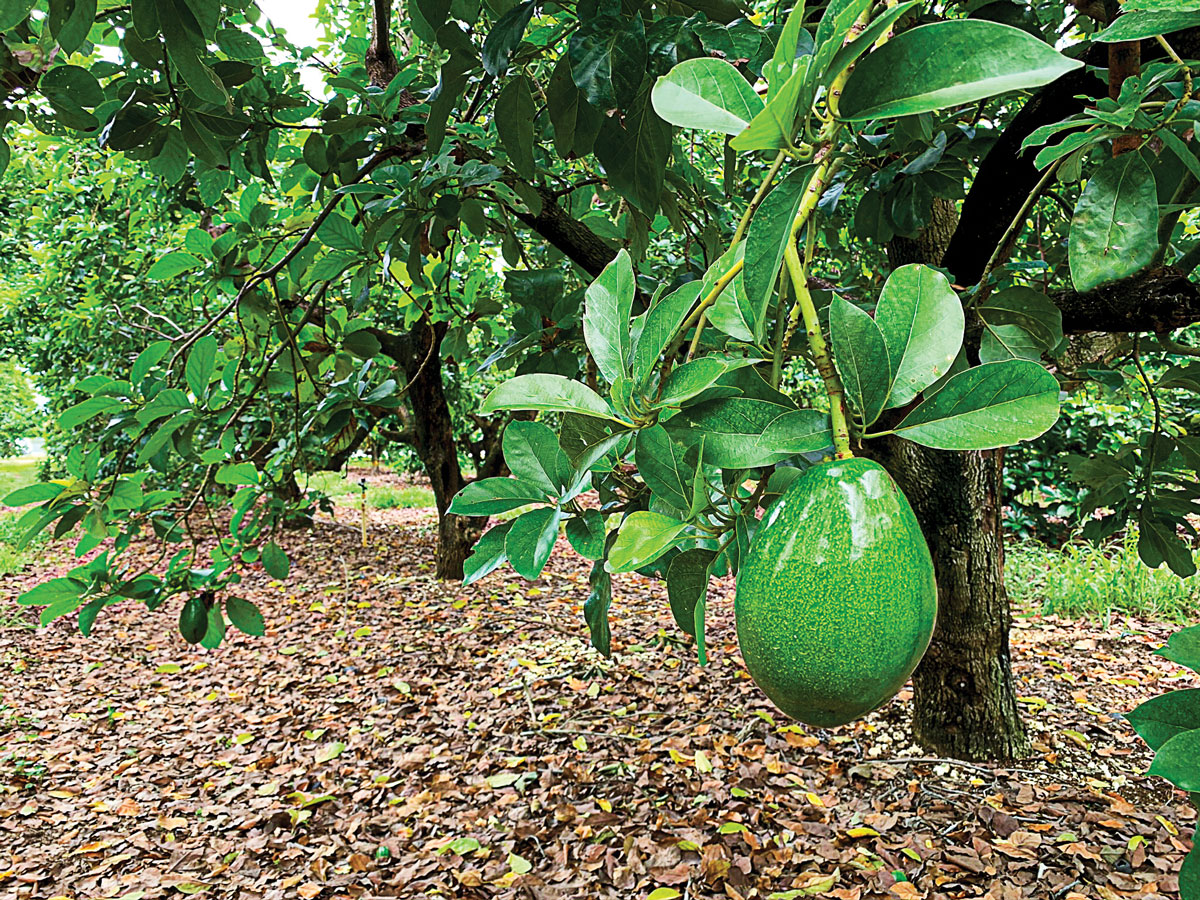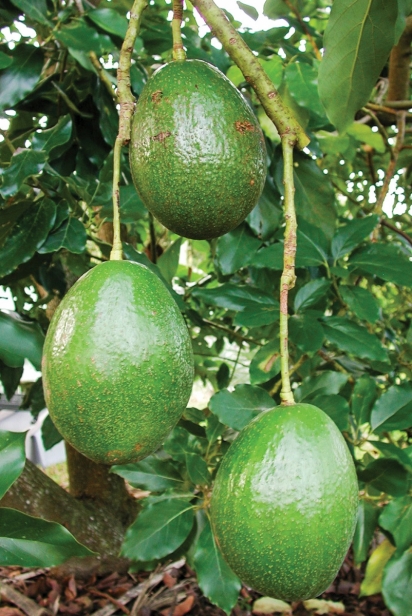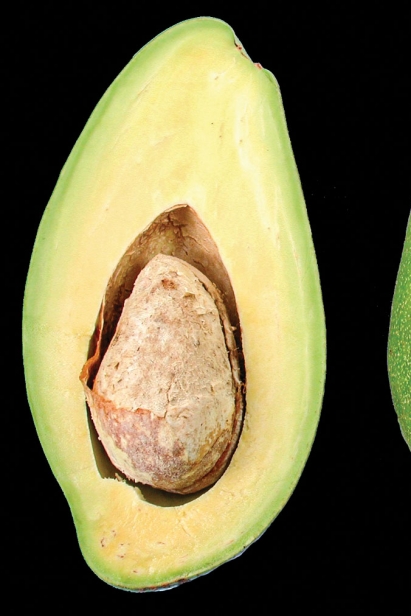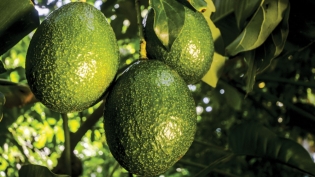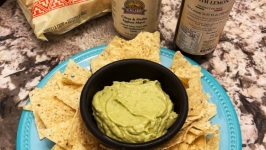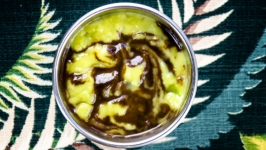Know Your Avocado
Common names: Avocado pear, alligator pear, aguacate (Spanish)
Botanical name: Persea americana Miller, part of the Lauraceae family
Where it’s grown commercially: Mexico, Brazil, Dominican Republic, Australia, Israel, Chile, tropical Africa, Spain and Indonesia and California, Florida, Puerto Rico, Hawaii and Texas
Florida stats: After citrus, avocado and blueberries are the top fruit crops in Florida. Miami-Dade and Collier counties lead the state in avocado production. About 25 major and 25 minor varieties are grown here commercially among the 600 varieties in the state.
Types: There are three “races” – West Indian/Antillean, Guatemalan and Mexican. Florida avocados are Antillean and hybrids. The popular ‘Hass’ is a Guatemalan/Mexican hybrid. Florida varieties include ‘Donnie’, “Dupuis’, ‘Hardee’, ‘Pollock’, ’Simmonds’, ‘Russell’, ‘Lula’, ‘Choquette’ and ‘Monroe’.
About the fruit: Avocado is a berry, with one single large seed surrounded by creamy pulp.
Skin colors: Green, black, purple or reddish/maroon
Nutritional value: Lower in fat than the Hass, Florida avocados contain 3-15% oil and no cholesterol. They’re a good source of potassium and a moderate source of vitamin A.
Grow your own: Trees grow well in sandy and limestone soil. Look for an area that does not flood after rains and has good drainage. Plant in full sun away from other trees and power lines. Trees are susceptible to trunk injury caused by lawn mowers and weed eaters. Prune during the first two years to encourage lateral branching and growth.
Who knew? Avocado trees can grow to be 500-600 years old. July 31 is National Avocado Day. September 16 is National Guacamole Day.
Seasons: Varieties are classified as early (summer – May-Aug.), mid (fall – Sept.-Oct.) and late (Nov.-Mar.). Peak volume is in July and August. Summer fruit has bright green, smooth, thin skin and good flavor. The fall and winter varieties are also bright green but have thicker, rough skins and a heavier oil content.
Popular Avocado Varieties
‘Russell’ – Prized by the Cuban community, this old variety has superior flavor and texture. Most of these longneck avocados are sold locally, often from trucks on the side of the road, because their shape makes packing difficult. “There’s six inches of neck with no seed mark, so you can cut perfect circles,” says Louie Carricarte of Unity Groves.
‘Choquette’ – Creamy and rich, this late-season avocado has glossy, smooth skin and a mild nutty flavor. They can weigh in at 2.5 lbs.
‘Simmonds’ – Another early-season favorite, Simmonds have leathery skin that easily peels away when ripe. The fruit is smooth and nutty.
‘Donnie’ – Usually the first avocados of the season, harvested before the height of the hurricane season. When mature, “they should feel smooth with no ridges,” says farmer Margie Pikarsky.
Ripe and Ready
Some dismiss Florida avocados as “watery” when they simply may have been picked too soon. Since nearly all avocados are green when ripe, you’ll have to use other methods for getting that perfectly ripe avocado.
Avocados don’t ripen until they fall off or are picked from the tree. If you pick avocados too soon, they won’t ripen properly – they may shrivel, turn rubbery or rot. To determine the best time to harvest, commercial growers use a chart listing each variety’s size, weight and seasonal dates. If you have a tree and you don’t know what kind it is, you can figure out the best time to harvest. As the fruits mature and start to feel smooth and full, pick one and let it ripen for 3-8 days, until it gives slightly to pressure. Taste it. If it’s watery and tastes unripe, wait another week and try again.
Keep notes on the best time to harvest for future reference. Eventually, the avocados will drop from the tree, past their prime and very likely chewed up by squirrels.
When shopping for avocados, look for smooth, unblemished fruits. Store on an air-conditioned kitchen countertop – not in the fridge – until they ripen, about 3-4 days, faster if your kitchen is warm. To speed up the ripening process, place it in a paper bag or store next to bananas. When they give slightly to the touch, avocados are ready to eat. Other than the Hardee variety, which turns a deep red, Florida avocados remain green when ripe. “Ours don’t turn black until they’re rotten,” says Charles LaPradd. Store ripe avocados in the fridge, where they will keep for another couple of days.


